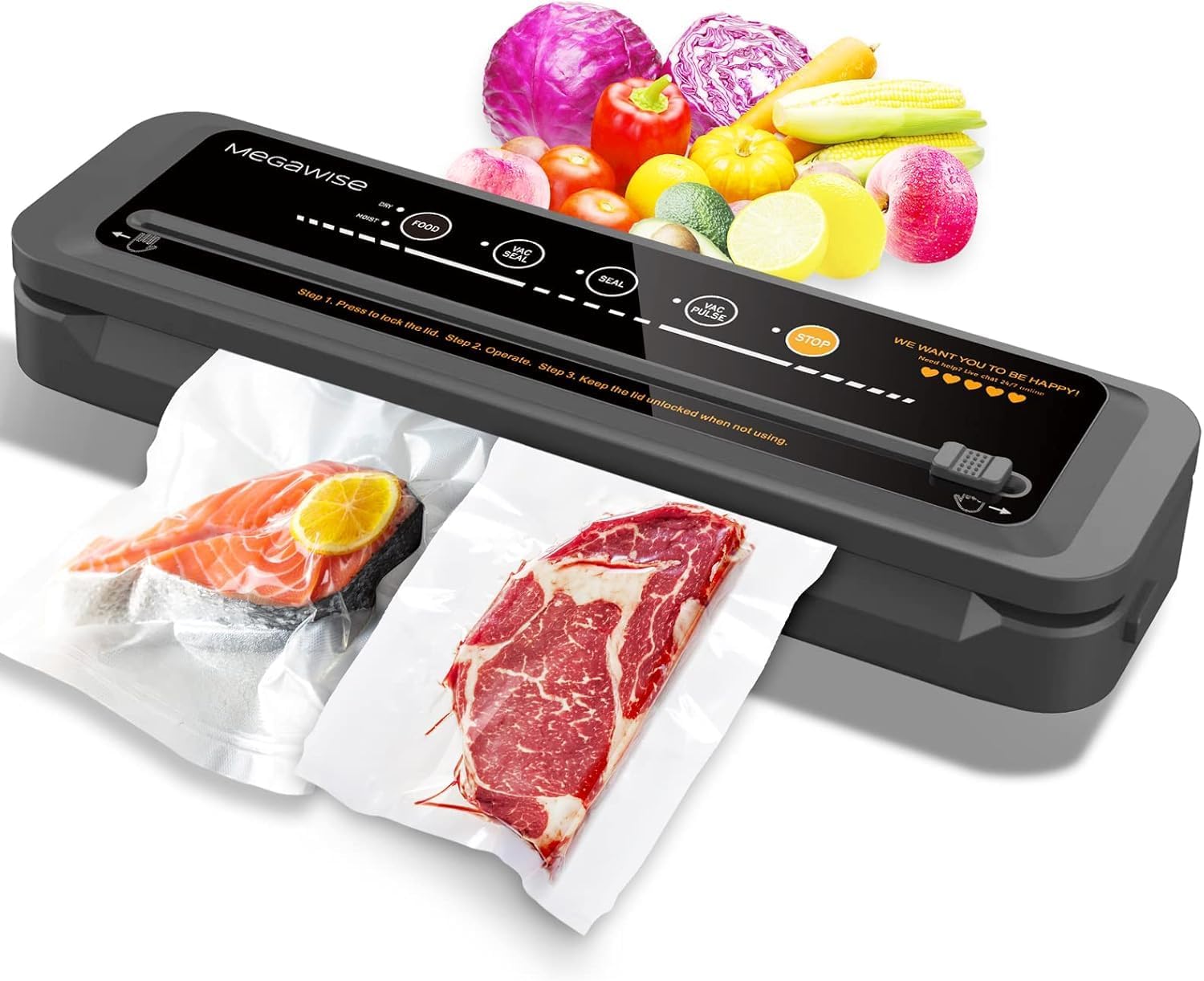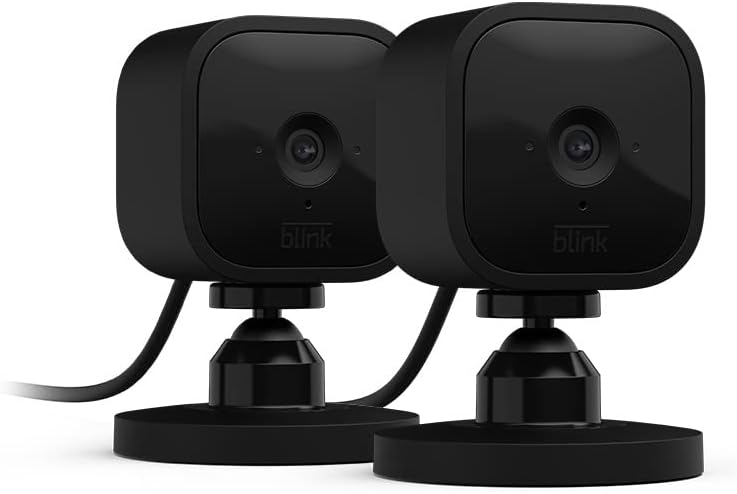Introduction to Wireless Guitar Systems
The evolution of music technology has significantly influenced the way musicians interact with their instruments, leading to the growing popularity of wireless guitar systems. These systems allow guitarists of all types—be it electric, acoustic, or bass—to perform without the constraints of traditional wired connections. As musicians seek to enhance their stage presence and performance experience, wireless systems have emerged as a viable solution, offering both convenience and mobility.
One of the primary benefits of utilizing a wireless guitar system is the freedom of movement it affords musicians. Without the need for cumbersome cables, performers can roam the stage, engage with the audience, and express themselves more freely. This mobility is particularly beneficial in live performances, where energy and connection with the audience are paramount. Moreover, wireless systems can help reduce the risk of accidental tripping hazards that typically arise with intertwined wires scattered across the stage floor.
While the advantages are clear, potential drawbacks do exist. Wireless systems can experience signal interference caused by various factors, such as nearby electronic devices or obstacles within the performance environment. Additionally, the reliability of battery-operated systems is a concern, as musicians must manage battery life effectively to avoid disruptions during performances. Furthermore, the initial investment for high-quality wireless systems may deter some players, as budget-friendly options often compromise sound quality or connection stability.
Despite these challenges, many musicians recognize the value of integrating wireless technology into their setup. With advancements in technology, modern systems have become increasingly sophisticated, featuring improved signal clarity and reliability. Ultimately, wireless guitar systems have the potential to significantly enhance the musician’s playing experience, making them an essential consideration for anyone looking to elevate their performance.
Overview of the Positive Grid Spark Link
The Positive Grid Spark Link is an innovative wireless guitar system designed for electric, acoustic, and bass guitars, setting a new standard in the realm of wireless connectivity for musicians. This system reflects thoughtful design and engineering, offering users a compact yet robust solution to enhance their playing experience. One of the most notable aspects of the Spark Link is its sleek and modern aesthetic, which is both visually appealing and functional. The build quality demonstrates durability without compromising on style, making it suitable for a variety of performance settings, whether at home, in the studio, or during live gigs.
Unique features of the Positive Grid Spark Link contribute to its prominence among other wireless systems. For instance, its ultra-low latency ensures that musicians can enjoy a seamless playing experience, eliminating the lag that often plagues wireless systems. This system employs Bluetooth technology to connect to devices effortlessly, allowing guitarists to control various settings from their smartphones or tablets through the Positive Grid app. This capability enables a high level of customization and flexibility, catering to the unique preferences of each musician.
Another significant advantage of the Spark Link is its compatibility with a wide range of guitar types. This versatility allows electric, acoustic, and bass guitar players to benefit from its features without requiring additional equipment. The user-friendly interface is another key selling point, allowing musicians of all skill levels to navigate its functionalities with ease. The combination of design, build quality, and feature set not only positions the Positive Grid Spark Link as a standout wireless guitar system but also makes it an essential tool for modern guitarists looking to elevate their musical journey.
Setup and Installation Process
Setting up the Positive Grid Spark Link Wireless Guitar System is designed to be an intuitive process that enables musicians to connect their electric, acoustic, or bass guitars seamlessly. The first step involves downloading the Positive Grid Spark app, which is available for both iOS and Android platforms. Once installed, ensure that Bluetooth is enabled on your device.
With the app ready, proceed to power on the Spark Link unit. The pairing process is straightforward. Press and hold the Bluetooth button on the unit until the indicator light begins to flash. This signals that the device is in pairing mode. Open the Spark app, which should automatically detect the Spark Link. Select it from the list of available devices to initiate the pairing.
For electric and bass guitars, simply plug the instrument into the appropriate input on the Spark Link. Ensure that your guitar is in good condition; check that it is properly tuned, as this will directly affect audio quality during the wireless transmission. If you are using an acoustic guitar with a pickup, use the same process to connect.
Once paired, the app provides access to various settings, allowing you to customize sound profiles and effects that suit your playing style. It is advisable to run a sound check after establishing the connection. Strum a few chords and adjust the volume levels both on your guitar and within the app to optimize sound clarity.
In case you encounter any issues during setup, ensure that your Spark Link is within a reasonable range of your device to avoid connectivity hiccups. If the connection is lost, turning off the Bluetooth on your device and then re-enabling it can resolve many common issues. Additionally, verify that your guitar’s electronics are functioning properly, as faults there could hinder the setup process.
Performance and Sound Quality
The Positive Grid Spark Link Wireless Guitar System is designed to deliver high-performance audio quality across a wide spectrum of musical genres, catering to electric, acoustic, and bass guitarists alike. One of the critical aspects to consider when evaluating this system is its latency. With a reported latency of approximately 20 milliseconds, users can enjoy virtually real-time sound reproduction, which is essential for live performances and studio settings. This low latency ensures that musicians experience an immediate response from their instruments, allowing for fluid playing without any noticeable delays.
Apart from latency, the audio fidelity of the Spark Link is commendable. The system utilizes advanced digital signal processing to provide clear and rich sound reproduction that captures the nuances of both clean and distorted tones. Whether you are strumming an acoustic guitar or ripping through a heavy metal riff on an electric guitar, the Spark Link maintains clarity and fullness. Furthermore, its ability to handle a variety of musical styles, from jazz to rock to classical, demonstrates its versatility and effectiveness as a wireless system.
When assessing the Spark Link’s performance across different guitar types, users will find that electric guitars often benefit from the robust sound effects and tone shaping available through the accompanying app. In contrast, acoustic guitars showcase a more natural resonance, making the system ideal for singer-songwriters and performers who prioritize authenticity in their sound. For bass players, the Spark Link effectively handles lower frequencies, ensuring that depth and punch are maintained without distortion, even at higher volumes. Collectively, these features make the Positive Grid Spark Link a reliable choice for musicians seeking high sound quality and performance consistency across various instruments.
Features and Functionalities of Spark Link
The Positive Grid Spark Link Wireless Guitar System stands out due to its innovative features and functionalities tailored for electric, acoustic, and bass guitars. One of the system’s key components is its Bluetooth connectivity, which allows musicians to wirelessly connect their instruments to compatible devices. This feature not only eliminates the clutter of cables but also enhances mobility during performances and practice sessions. By utilizing Bluetooth, players can easily switch between their guitars, amplifiers, and mobile applications seamlessly.
Moreover, the integration with the Positive Grid app significantly boosts the overall user experience. Musicians can access a plethora of preset sounds and effects directly through their smartphones or tablets. The app offers various tools, such as chord generation, song libraries, and an extensive range of virtual amplifiers and effects, allowing players to customize their sound. This functionality encourages experimentation, enabling users to create unique tones that align with their musical style. Whether strumming an acoustic ballad or shredding on an electric guitar, the ability to modify settings on-the-fly truly elevates the performance.
Additionally, the built-in effects within the Spark Link system further enhance its appeal. With options ranging from distortion and reverb to delay and modulation, musicians can shape their sound to fit different genres and playing contexts. These effects are easy to apply and modify, providing a user-friendly interface for both novice and seasoned players alike. The versatility offered by the Positive Grid Spark Link allows guitarists, regardless of their skill level, to enhance their creativity and expressiveness.
Incorporating these features makes the Spark Link Wireless Guitar System a valuable tool for any guitarist looking to expand their sonic possibilities while enjoying a wireless experience.
User Experience and Ease of Use
The Positive Grid Spark Link Wireless Guitar System has garnered attention from a diverse range of guitarists, primarily for its convenience and user-centric design. Many users have reported that setup is remarkably straightforward, allowing both beginners and seasoned musicians to quickly integrate the system into their practice or performance routine. The process typically involves connecting the device via Bluetooth, with seamless pairing that enables users to focus on playing rather than troubleshooting technical issues.
Portability is another notable aspect of this wireless system. Weighing in at a mere few ounces, the Spark Link fits comfortably into a gig bag or backpack, making it ideal for musicians on the move. Many users appreciate this feature, particularly those who perform regularly or travel for rehearsals. Testimonials indicate that guitarists find great value in having a reliable wireless option that does not compromise sound quality or performance, even in diverse environments ranging from small venues to outdoor gigs.
Convenience extends further with the Spark Link’s compatibility across electric, acoustic, and bass guitars. Experienced guitarists as well as hobbyists have lauded the system for its versatility, expressing satisfaction with its ability to handle different guitar types without the need for additional equipment. User reviews often highlight how the system enhances their playing experience by allowing for unrestricted movement, thus eliminating the limitations imposed by traditional wired setups.
In summary, the Positive Grid Spark Link Wireless Guitar System stands out due to its ease of use, portability, and the overall positive user experience it offers. As expressed through numerous reviews, it provides a compelling solution for guitarists who seek flexibility and quality in their performances.
Comparison with Other Wireless Guitar Systems
The Positive Grid Spark Link Wireless Guitar System has emerged as a prominent option within a crowded market of wireless solutions for electric, acoustic, and bass guitars. To fully appreciate its value, it is essential to compare it with other notable systems available, such as the Line 6 Relay G10, the Shure GLXD16, and the Boss WL-50.
Price point is often a primary consideration for consumers. The Spark Link is competitively priced within its category, generally falling in the mid-range segment. In contrast, the Line 6 Relay G10 offers a similar level of performance but can be found at a slightly lower price. The Shure GLXD16, known for its premium quality, typically commands a higher price, which may deter budget-conscious musicians. The Boss WL-50 sits at an approachable price point as well but may lack some of the advanced features offered by the Spark Link.
Feature sets are another key component in determining the best wireless guitar system. The Positive Grid Spark Link stands out with its seamless integration with digital apps, a feature not universally found in all competitors. The Line 6 Relay G10 is recognized for its solid 24-bit audio quality and its impressive wireless range, although it may fall short in versatility compared to Spark Link’s app functionalities. On the other hand, the Shure GLXD16 excels in its lithium-ion battery technology, offering longer playtime but potentially at the cost of setup complexity. The Boss WL-50 provides a compact and easy setup but lacks some of the advanced digital capabilities.
User satisfaction ratings further illuminate the Spark Link’s standing. Many users have praised its reliability and ease of use, with features designed for both beginners and experienced players. While some competitors boast high ratings as well, the overall feedback for Spark Link has been favorable, aligning with its reputation for being user-friendly and adaptable.
Pros and Cons of the Spark Link System
The Positive Grid Spark Link system offers a variety of notable advantages that cater to both amateur and professional musicians. One of the primary benefits is its seamless wireless connectivity, allowing users to connect their electric, acoustic, or bass guitars effortlessly. This wireless feature eliminates the hassle of tangled cables and enables greater freedom of movement while performing or practicing. Additionally, the Spark Link system is compatible with the Positive Grid Spark app, which provides access to an extensive library of tones, effects, and backing tracks, enhancing the overall playing experience.
Another significant advantage of the Spark Link system is its user-friendly interface, which makes it accessible for musicians of all skill levels. The intuitive design allows for quick adjustments and customization of settings, offering an efficient way to dial in the desired tone without unnecessary complexity. Furthermore, the ability to adjust volume, play along with tracks, and record audio directly from the app adds to the practical functionality of the system.
Despite its many strengths, there are also some limitations to consider. One concern is the reliance on Wi-Fi connectivity for optimal performance. Users may encounter issues if they attempt to use the system in areas with unstable or weak internet signals. Additionally, the Spark Link may not offer the same sound fidelity as traditional wired setups, which can be a drawback for audiophiles and professional musicians seeking the highest audio quality.
Moreover, while the Spark Link system is designed to complement the Positive Grid Spark app, some users may find themselves limited by the app’s features or potential connectivity issues. Therefore, it is important for potential buyers to weigh these pros and cons carefully. Understanding both the benefits and limitations will empower musicians to make informed decisions regarding their investment in the Positive Grid Spark Link wireless guitar system.
Conclusion and Recommendations
In conclusion, the Positive Grid Spark Link Wireless Guitar System has proven to be a versatile and effective tool for musicians across various genres. Our comprehensive review highlights its impressive performance in facilitating wireless connection for electric, acoustic, and bass guitars. The ease of use, coupled with the excellent audio quality and low latency, positions this system favorably in the market for both amateur and professional musicians. The ability to interact seamlessly with mobile devices also enriches the user experience, allowing guitarists to access an array of effects and tones that can enhance their playing.
This product stands out particularly for those who prioritize mobility and convenience in their performances or practice sessions. Amateurs seeking an uncomplicated setup will appreciate the straightforward pairing feature, while professionals looking for a reliable wireless solution will benefit from its robust performance. The adaptability of the Positive Grid Spark Link ensures that it performs well across different music styles, which is advantageous in diverse musical environments.
Moreover, for musicians who frequently collaborate or perform at various venues, the Spark Link’s wireless capabilities can significantly reduce setup time and equipment clutter. In terms of investment, the price point is competitive when considering the features offered. Those who value high-quality sound without the constraints of cables will find the Spark Link a worthy addition to their musical arsenal. However, it is essential for potential buyers to assess their specific needs and musical contexts to determine if this system will align with their requirements. Overall, the Positive Grid Spark Link represents a solid investment for aspiring and established guitarists alike, promising to enhance both practice and performance experiences.





















